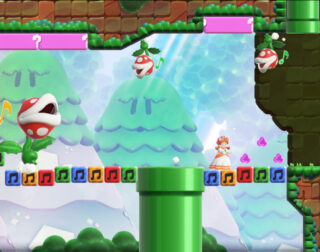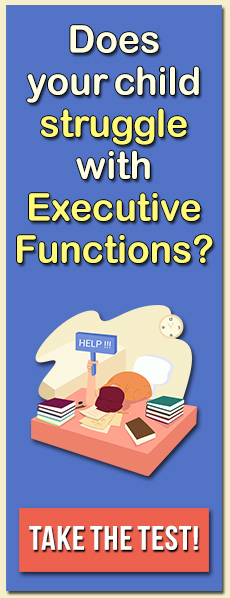I’ve written quite a bit recently about reading and technology in classrooms. As a future English teacher who grew up with technology, I find this combination especially interesting and relevant — especially in the 1:1 (a device for every child) or B.Y.O.D (bring your own device) classrooms in this country, where technology is a constant. Joining the team at LearningWorks for Kids and learning more about executive functions has enriched my understanding of what is required of children in schools where technology in the classroom is the norm and children are asked to read and interact in digital environments.
The multiple, multimodal, and multifaceted nature of learning in the 21st century makes knowledge of how executive functions relate to technology and literacy crucial. In New Literacies: A Dual-Level Theory of the Changing Nature of Literacy, Instruction, and Assessment, the authors point out that reading in digital/online environments requires recognition and comprehension of various combinations of icons, symbols, audio, video, images, interactive tables, and so on.
This kind of reading helps kids become more critical thinkers and creative problem solvers. It can also present challenges for students who struggle with transitions, organizing ideas, staying focused, and keeping ideas in mind — indicators of executive functioning difficulties. Reading in digital environments is not like traditional linear reading. The reading today’s students encounter is interactive and involves multiple forms of media across different platforms.
That’s why we here at LearningWorks for Kids cannot ignore how integral executive functions are to a student’s academic success. Whether a child is in a traditional classroom or in a blended learning classroom with regular access to digital environments, we are convinced that strengthening executive functions can help them succeed.
Thinking skills like flexibility, for instance, help students transition from reading a traditional text to an online article to analyzing a picture to listening to a TED talk — all about the same topic. Skills like working memory help students keep information and ideas in mind as they move from text to text (whatever the medium and platform) and subject to subject, enabling them to meet the challenge of synthesizing information and connecting larger ideas.
For more about the role of executive functions in the classroom, check out my recent post, Trouble with Transitions: Flexibility and Academic Success.
Featured image: Seattle Municipal Archives on Flickr





